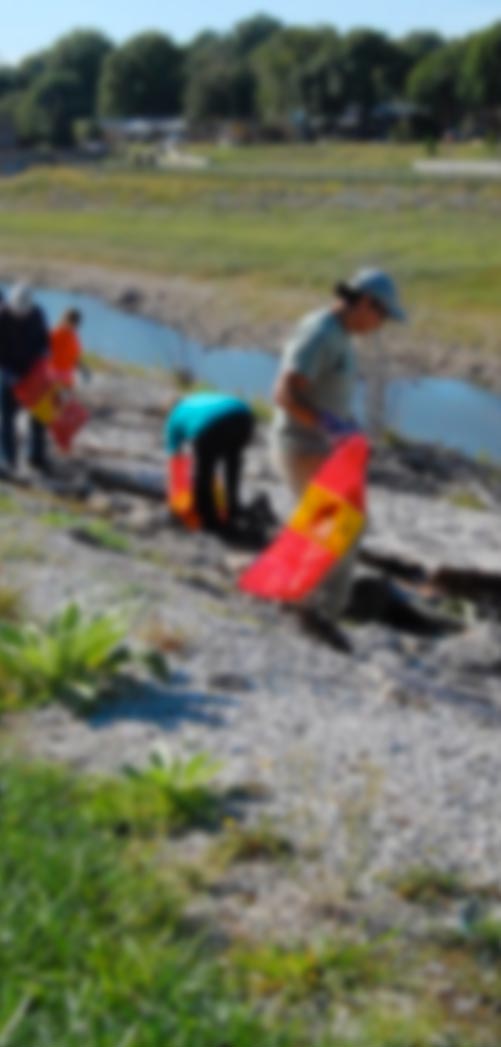Freshwater scientists have come together through the Land, Air, Water Aotearoa (LAWA) project to summarise the condition of New Zealand’s monitored lakes.
They have found a varied picture of lake condition with some examples of lakes that demonstrate very good water quality; however, many more monitored lakes are considerably impacted by human activity and development.
LAWA Lake Quality Lead and Auckland Council Water Quality Scientist Dr Jane Groom said diversity is a feature of lakes in New Zealand, with the country home to a wide range of lake types, sizes, and depths.
Lakes in New Zealand can be categorised into geomorphic types based on geological lake formation. Lake types in New Zealand are incredibly diverse due to the different lake formation processes that are characteristic for the different geological areas of the country.
“New Zealand’s lakes are as varied as the landscapes they inhabit. We are incredibly lucky in Aotearoa to have around 3,800 lakes over a hectare in size and over a dozen different lake types represented.
“Regional councils and unitary authorities monitor the health of a subset of these lakes. The sites with the best data records are often located in areas that are more likely to be impacted by human activities, have significant social and cultural value, or where changes in perceived water quality have led to the implementation of monitoring programs.
“Through the LAWA project, we have pulled together the data from monitored lakes, and using our rigorous criteria, have generated and now present state and trend information for 127 lake sites throughout New Zealand.
“At a national level, we can reveal 55% of monitored lakes can be categorised as either poor or very poor based on the Trophic Level Index (TLI) and there is a pattern of deeper lakes found at higher altitudes being in better condition compared with lowland, shallower lakes,” said Dr Groom.
Human developments tend to be more concentrated in lowland areas because the climate, gradient and geology are more suited to societal and economic activities. The LAWA Lake Quality National Picture Summary 2021 has found that 75% of lowland lakes are in a poor or very poor condition. Lowland lakes are also often smaller and shallower than upland lakes, which can make them more vulnerable.
For the LAWA Lake Quality National Picture Summary 2021, Cawthron Institute and regional and unitary council scientists focused on the current condition of monitored lakes, and how they have changed over time by reporting on the lake TLI.
The TLI combines several indicators to determine overall lake condition. A poor TLI score indicates that a lake is nutrient enriched with an increasing likelihood of algae bloom events, which are associated with reduced water clarity.
Analysis of lake condition over the last 10 years at the national scale reveals little evidence of change, but the number of lakes within each TLI grade does vary slightly from year to year because lakes can undergo natural fluctuations in their condition.
LAWA Project Chair Dr Tim Davie explained that the components of the TLI have been monitored for a long time in New Zealand and it is a good summary measure that reflects several aspects of lake condition.
“Regionals council and unitary authorities have a set of lake sites that they regularly visit to collect water samples and take measurements within the lake. The water samples are analysed at accredited independent laboratories and the results of the various indicators and the overall TLI score are published on the LAWA website for anyone to access.
“As lake monitoring efforts across New Zealand are increasing, we are working towards extending the annual national picture reporting to the individual TLI components and other National Policy Statement for Freshwater Management 2020 (NPS-FM) attributes. For example, this year for the first time we are displaying cyanobacteria data for lakes where this has been sampled.
“Along with monitoring records, lake site pages on the LAWA website also display information about the lake’s significance and surrounding catchment, and its type, size, and depth,” said Dr Davie.
